Sang T. Truong
Prediction of Item Difficulty for Reading Comprehension Items by Creation of Annotated Item Repository
Feb 28, 2025Abstract:Prediction of item difficulty based on its text content is of substantial interest. In this paper, we focus on the related problem of recovering IRT-based difficulty when the data originally reported item p-value (percent correct responses). We model this item difficulty using a repository of reading passages and student data from US standardized tests from New York and Texas for grades 3-8 spanning the years 2017-23. This repository is annotated with meta-data on (1) linguistic features of the reading items, (2) test features of the passage, and (3) context features. A penalized regression prediction model with all these features can predict item difficulty with RMSE 0.52 compared to baseline RMSE of 0.92, and with a correlation of 0.77 between true and predicted difficulty. We supplement these features with embeddings from LLMs (ModernBERT, BERT, and LlAMA), which marginally improve item difficulty prediction. When models use only item linguistic features or LLM embeddings, prediction performance is similar, which suggests that only one of these feature categories may be required. This item difficulty prediction model can be used to filter and categorize reading items and will be made publicly available for use by other stakeholders.
Building a Domain-specific Guardrail Model in Production
Jul 24, 2024
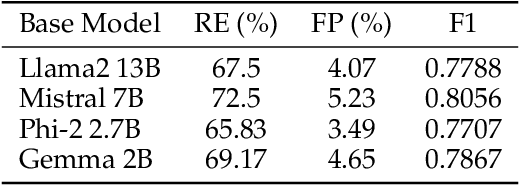

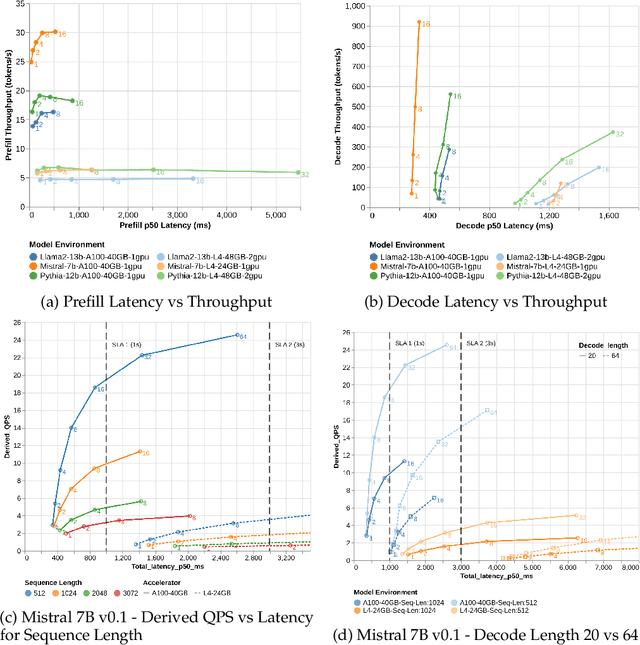
Abstract:Generative AI holds the promise of enabling a range of sought-after capabilities and revolutionizing workflows in various consumer and enterprise verticals. However, putting a model in production involves much more than just generating an output. It involves ensuring the model is reliable, safe, performant and also adheres to the policy of operation in a particular domain. Guardrails as a necessity for models has evolved around the need to enforce appropriate behavior of models, especially when they are in production. In this paper, we use education as a use case, given its stringent requirements of the appropriateness of content in the domain, to demonstrate how a guardrail model can be trained and deployed in production. Specifically, we describe our experience in building a production-grade guardrail model for a K-12 educational platform. We begin by formulating the requirements for deployment to this sensitive domain. We then describe the training and benchmarking of our domain-specific guardrail model, which outperforms competing open- and closed- instruction-tuned models of similar and larger size, on proprietary education-related benchmarks and public benchmarks related to general aspects of safety. Finally, we detail the choices we made on architecture and the optimizations for deploying this service in production; these range across the stack from the hardware infrastructure to the serving layer to language model inference optimizations. We hope this paper will be instructive to other practitioners looking to create production-grade domain-specific services based on generative AI and large language models.
Crossing Linguistic Horizons: Finetuning and Comprehensive Evaluation of Vietnamese Large Language Models
Mar 05, 2024Abstract:Recent advancements in large language models (LLMs) have underscored their importance in the evolution of artificial intelligence. However, despite extensive pretraining on multilingual datasets, available open-sourced LLMs exhibit limited effectiveness in processing Vietnamese. The challenge is exacerbated by the absence of systematic benchmark datasets and metrics tailored for Vietnamese LLM evaluation. To mitigate these issues, we have finetuned LLMs specifically for Vietnamese and developed a comprehensive evaluation framework encompassing 10 common tasks and 31 metrics. Our evaluation results reveal that the fine-tuned LLMs exhibit enhanced comprehension and generative capabilities in Vietnamese. Moreover, our analysis indicates that models with more parameters can introduce more biases and uncalibrated outputs and the key factor influencing LLM performance is the quality of the training or fine-tuning datasets. These insights underscore the significance of meticulous fine-tuning with high-quality datasets in enhancing LLM performance.
An Experimental Design Framework for Label-Efficient Supervised Finetuning of Large Language Models
Jan 12, 2024



Abstract:Supervised finetuning (SFT) on instruction datasets has played a crucial role in achieving the remarkable zero-shot generalization capabilities observed in modern large language models (LLMs). However, the annotation efforts required to produce high quality responses for instructions are becoming prohibitively expensive, especially as the number of tasks spanned by instruction datasets continues to increase. Active learning is effective in identifying useful subsets of samples to annotate from an unlabeled pool, but its high computational cost remains a barrier to its widespread applicability in the context of LLMs. To mitigate the annotation cost of SFT and circumvent the computational bottlenecks of active learning, we propose using experimental design. Experimental design techniques select the most informative samples to label, and typically maximize some notion of uncertainty and/or diversity. In our work, we implement a framework that evaluates several existing and novel experimental design techniques and find that these methods consistently yield significant gains in label efficiency with little computational overhead. On generative tasks, our methods achieve the same generalization performance with only $50\%$ of annotation cost required by random sampling.
DecodingTrust: A Comprehensive Assessment of Trustworthiness in GPT Models
Jun 20, 2023Abstract:Generative Pre-trained Transformer (GPT) models have exhibited exciting progress in capabilities, capturing the interest of practitioners and the public alike. Yet, while the literature on the trustworthiness of GPT models remains limited, practitioners have proposed employing capable GPT models for sensitive applications to healthcare and finance - where mistakes can be costly. To this end, this work proposes a comprehensive trustworthiness evaluation for large language models with a focus on GPT-4 and GPT-3.5, considering diverse perspectives - including toxicity, stereotype bias, adversarial robustness, out-of-distribution robustness, robustness on adversarial demonstrations, privacy, machine ethics, and fairness. Based on our evaluations, we discover previously unpublished vulnerabilities to trustworthiness threats. For instance, we find that GPT models can be easily misled to generate toxic and biased outputs and leak private information in both training data and conversation history. We also find that although GPT-4 is usually more trustworthy than GPT-3.5 on standard benchmarks, GPT-4 is more vulnerable given jailbreaking system or user prompts, potentially due to the reason that GPT-4 follows the (misleading) instructions more precisely. Our work illustrates a comprehensive trustworthiness evaluation of GPT models and sheds light on the trustworthiness gaps. Our benchmark is publicly available at https://decodingtrust.github.io/.
A Simple and Scalable Tensor Completion Algorithm via Latent Invariant Constraint for Recommendation System
Jul 03, 2022

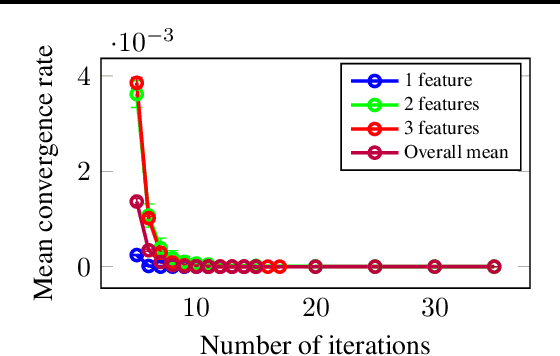
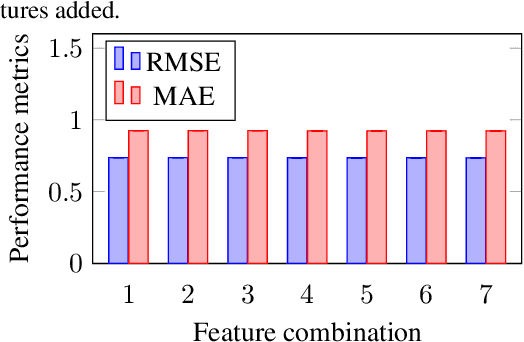
Abstract:In this paper we provide a latent-variable formulation and solution to the recommender system (RS) problem in terms of a fundamental property that any reasonable solution should be expected to satisfy. Specifically, we examine a novel tensor completion method to efficiently and accurately learn parameters of a model for the unobservable personal preferences that underly user ratings. By regularizing the tensor decomposition with a single latent invariant, we achieve three properties for a reliable recommender system: (1) uniqueness of the tensor completion result with minimal assumptions, (2) unit consistency that is independent of arbitrary preferences of users, and (3) a consensus ordering guarantee that provides consistent ranking between observed and unobserved rating scores. Our algorithm leads to a simple and elegant recommendation framework that has linear computational complexity and with no hyperparameter tuning. We provide empirical results demonstrating that the approach significantly outperforms current state-of-the-art methods.
Quantum Neural Architecture Search with Quantum Circuits Metric and Bayesian Optimization
Jun 28, 2022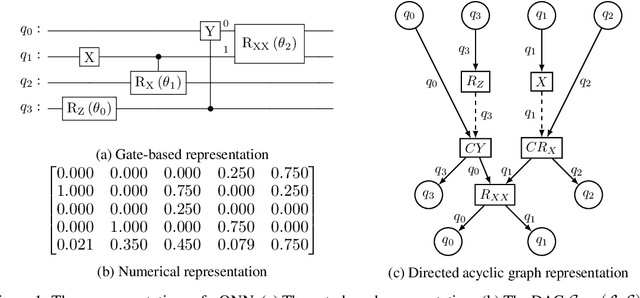



Abstract:Quantum neural networks are promising for a wide range of applications in the Noisy Intermediate-Scale Quantum era. As such, there is an increasing demand for automatic quantum neural architecture search. We tackle this challenge by designing a quantum circuits metric for Bayesian optimization with Gaussian process. To this goal, we propose a new quantum gates distance that characterizes the gates' action over every quantum state and provide a theoretical perspective on its geometrical properties. Our approach significantly outperforms the benchmark on three empirical quantum machine learning problems including training a quantum generative adversarial network, solving combinatorial optimization in the MaxCut problem, and simulating quantum Fourier transform. Our method can be extended to characterize behaviors of various quantum machine learning models.
 Add to Chrome
Add to Chrome Add to Firefox
Add to Firefox Add to Edge
Add to Edge